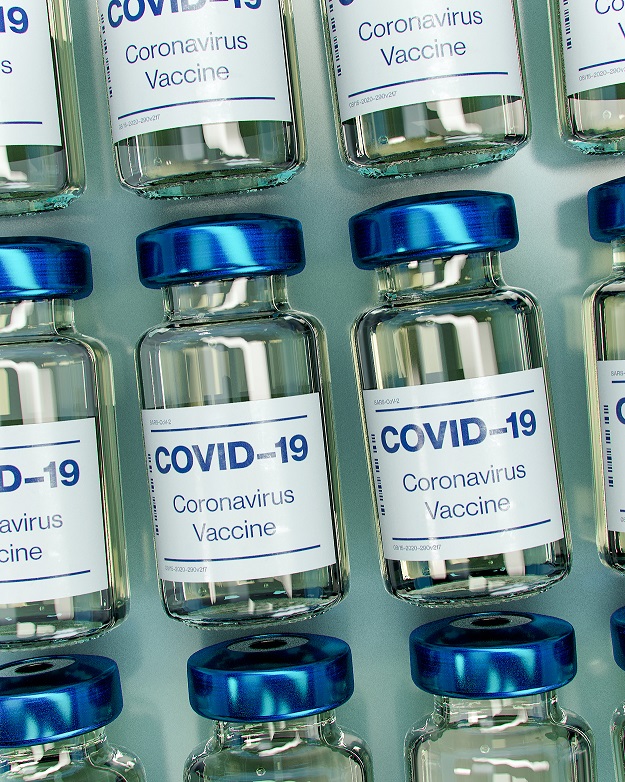HHS running out of money to pay providers for treating uninsured COVID-19 patients

February 08, 2022
A federal program that reimburses healthcare providers that care for uninsured COVID-19 patients is expected to run out of money by spring or summer.
The Provider Relief Fund has paid out more than $17 billion to providers treating, testing and vaccinating the uninsured throughout the pandemic. The Health and Human Services Department program has been a lifeline for providers, especially in states such as Texas and Florida with high rates of people who don’t have health coverage.
Hospitals continue to urgie Congress to replenish the Provider Relief Fund, which has helped offset providers’ pandemic-related losses.
“One of the most helpful and patient-oriented use of the PRF was to help those people who for whatever reasons are uninsured and suffer from COVID-19,” said Federation of American Hospitals CEO Chip Kahn. “It meant that no one should have any reluctance to go to the hospital if they have COVID but no insurance.”
Amid the the omicron variant’s wide spread, HHS has been processing about $500 million in claims for uninsured patients, so the fund is quickly depleting, the HHS spokesperson said.
Of the $17 billion HHS has distributed to providers from the uninsured fund, nearly $10 billion paid for testing, more than $6 billion reimbursed for treatment and the remainder covered vaccinations.
Providers in states with high uninsured rates and in states that haven’t expanded Medicaid to low-income adults under the Affordable Care Act are among those receiving the most money, according to a Modern Healthcare analysis of HHS data.
If the Provider Relief Fund runs out of money and Congress doesn’t appropriate more, hospitals could be left footing the bill. Not-for-profit hospitals and many for-profit hospitals must provide financial assistance to people with low incomes, many of whom are uninsured.
“For some hospitals out there, it’s been a really good deal if their number of uninsured is high,” said Paul Lee, senior partner and founder of Strategic Health Care, a consulting firm in Washington that works with hospitals.
But there’s only $7.6 billion left and the money
will run out in the coming months,
an HHS spokesperson said.
Congress isn’t currently considering making more funding available,
meaning providers and patients are likely to soon
have to bear the costs themselves.
One of those clients, Southeast Georgia Health System, a Brunswick-based not-for-profit company that also operates in Florida, received about $5.4 million for treating uninsured COVID-19 patients, according to HHS data.
Harris Health System in Houston serves large numbers of poor and uninsured people and received $196 million, the largest among all providers. Fifty-one percent its patients were uninsured last year, according to the municipal health system’s annual report.
The company’s lobbyists is urging the Texas congressional delegation to push for more money. “If the funding went away, it would be an expense that would be borne by Harris Health and local taxpayers,” a spokesperson said in a statement.
The American Hospital Association and other groups have asked Congress to provide another $25 billion for the Provider Relief Fund in the government funding package that needs to pass by Feb. 18.
Still, Congress hasn’t shown much interest in adding more money to the fund after already allocating $178 million. Most of that has gone to reimburse providers for lost revenue attributable to COVID-19. HHS used about $17 million to pay nearly 50,000 providers that served COVID-19 patients.
“I don’t see a groundswell yet,” Kahn said. “So much depends on what the sense of the policymakers is when they’re pretty close to doing the bill and what their sense of the problem is at that point of time.”
The American Hospital Association and other groups
have asked Congress to provide another $25 billion
for the Provider Relief Fund in the government funding package
that needs to pass by Feb. 18.
And the omicron surge appears to be abating. New COVID-19 cases are down 58% from two weeks ago and hospitalizations have decreased 27%, according to the Centers for Disease Control and Prevention.
The pandemic’s trajectory is uncertain and another surge remains possible, however. About 64% of the population is fully vaccinated, meaning they’ve received both doses of the Pfizer-BioNTech or Moderna vaccines or one dose of the Johnson & Johnson shot, according to the CDC. Less than half of the fully vaccinated have received a booster dose.
A recent CDC study of Los Angeles County found that unvaccinated people were 23 times more likely than fully vaccinated people to be hospitalized.
Polls have also shown unvaccinated adults are more likely to be uninsured and poorer than adults who are vaccinated.
The Kaiser Family Foundation estimated that 690,000 vaccine-preventable COVID-19 hospitalizations cost hospitals and the government $13.8 billion between June and November..
